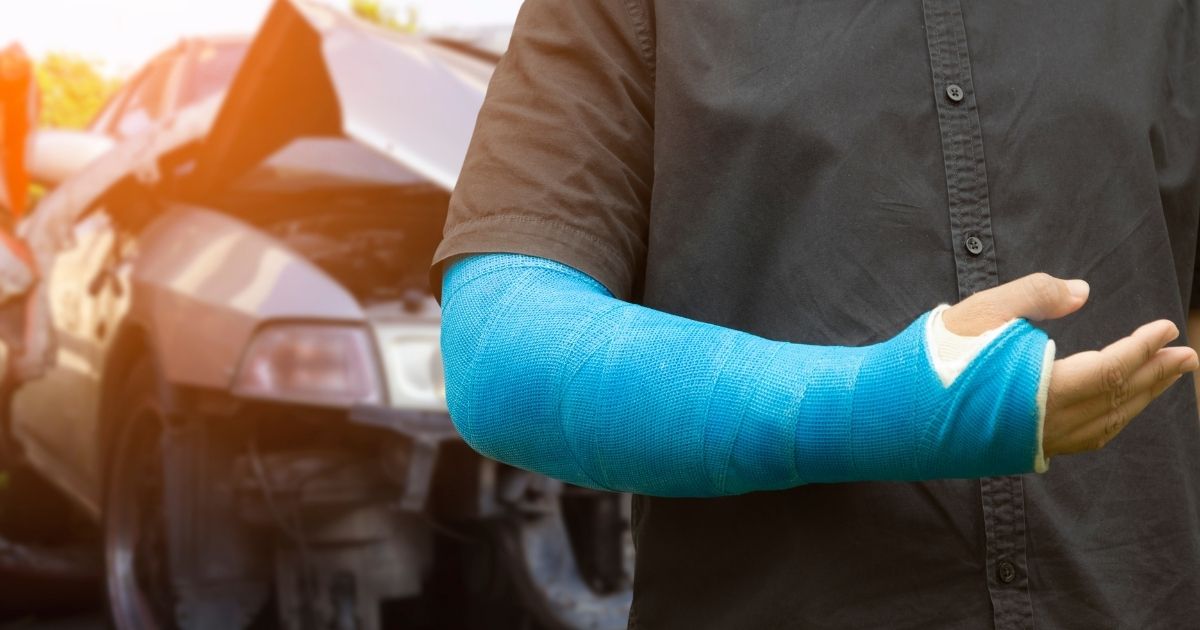Major Injuries
Table of Contents
- Introduction
- Understanding Major Injuries
- 2.1 Defining Major Injuries
- 2.2 Types of Major Injuries
- Causes of Major Injuries
- 3.1 Accidents and Trauma
- 3.2 Sports and Recreational Activities
- 3.3 Occupational Hazards
- Consequences of Major Injuries
- 4.1 Physical Impact
- 4.2 Emotional and Psychological Effects
- 4.3 Financial Strain
- Treatment and Rehabilitation
- 5.1 Immediate Medical Care
- 5.2 Surgical Interventions
- 5.3 Rehabilitation Programs
- Coping Strategies for Victims and Families
- 6.1 Seeking Support
- 6.2 Mental Health and Wellbeing
- 6.3 Financial Planning
- Legal Recourse for Major Injury Victims
- 7.1 Personal Injury Claims
- 7.2 Compensation for Damages
- 7.3 Holding Negligent Parties Accountable
- Preventing Major Injuries
- 8.1 Safety Education and Awareness
- 8.2 Proper Protective Gear
- 8.3 Workplace Safety Measures
- Conclusion
1. Introduction
Major injuries can have a profound impact on individuals and their families, affecting every aspect of life. Understanding the causes, consequences, and recovery process for major injurie is crucial for those affected and their support networks.
2. Understanding Major Injurie
2.1 Defining Major Injurie
Major injuries are those that result in significant physical harm or impairment, often requiring extensive medical intervention and rehabilitation. These injuries can vary in severity, ranging from fractures and burns to spinal cord injuries and traumatic brain injuries.
2.2 Types of Major Injurie
Major injurie encompass a wide range of conditions, including orthopedic injuries, traumatic brain injuries, spinal cord injuries, severe burns, and internal organ damage. Each type of injury presents unique challenges and requires specialized treatment.
3. Causes of Major Injurie
3.1 Accidents and Trauma
Accidents, such as car accidents, falls, and industrial accidents, are common causes of major injurie. Trauma resulting from these accidents can lead to fractures, head injuries, and internal bleeding, among other serious conditions.
3.2 Sports and Recreational Activities
Participation in sports and recreational activities can also lead to major injurie, particularly among athletes and outdoor enthusiasts. Injuries such as torn ligaments, fractures, and concussions are common in sports like football, basketball, skiing, and cycling.
3.3 Occupational Hazards
Occupational hazards in industries such as construction, manufacturing, and agriculture can result in major injuries due to falls, machinery accidents, exposure to hazardous materials, and repetitive strain injuries.
4. Consequences of Major Injurie
4.1 Physical Impact
Major injurie can cause significant physical pain, limitations in mobility, and functional impairments. Depending on the severity of the injury, individuals may require assistive devices such as wheelchairs or walkers to aid in mobility.
4.2 Emotional and Psychological Effects
The emotional toll of major injurie can be profound, leading to feelings of sadness, frustration, anger, and anxiety. Individuals may also experience post-traumatic stress disorder (PTSD) or depression as they navigate the challenges of recovery.
4.3 Financial Strain
Major injuries often result in significant medical expenses, loss of income due to inability to work, and ongoing rehabilitation costs. This financial strain can add to the stress and burden experienced by individuals and their families.
5. Treatment and Rehabilitation
5.1 Immediate Medical Care
Prompt medical intervention is crucial for managing major injurie and minimizing long-term complications. This may include emergency medical treatment, surgery, and stabilization of the patient’s condition.
5.2 Surgical Interventions
Surgical procedures may be necessary to repair damaged tissues, stabilize fractures, or address internal injuries. Surgeons work to restore function and mobility while minimizing the risk of complications.
5.3 Rehabilitation Programs
Rehabilitation plays a critical role in the recovery process for major injurie focusing on physical therapy, occupational therapy, and speech therapy as needed. Rehabilitation programs aim to improve mobility, strength, and functional independence.
6. Coping Strategies for Victims and Families
6.1 Seeking Support
It’s essential for individuals and their families to seek support from healthcare professionals, support groups, and mental health professionals to cope with the emotional and psychological effects of major injurie.
6.2 Mental Health and Wellbeing
Prioritizing mental health and wellbeing is crucial for individuals recovering from major injuries. Techniques such as mindfulness, relaxation exercises, and counseling can help individuals manage stress and improve their overall quality of life.
6.3 Financial Planning
Developing a financial plan to manage medical expenses, lost income, and rehabilitation costs is essential for individuals and families affected by major injurie. This may involve exploring insurance coverage, disability benefits, and other financial resources.
7. Legal Recourse for Major Injury Victims
7.1 Personal Injury Claims
Victims of major injuris may pursue personal injury claims to seek compensation for damages such as medical expenses, lost income, pain and suffering, and loss of enjoyment of life.
7.2 Compensation for Damages
In personal injury cases, compensation may be awarded to victims to cover past and future medical expenses, lost wages, rehabilitation costs, and other economic and non-economic damages resulting from the injury.
7.3 Holding Negligent Parties Accountable
In cases where major injurie are caused by the negligence or wrongdoing of others, such as in car accidents or workplace incidents, victims may pursue legal action to hold responsible parties accountable for their actions.
8. Preventing Major Injurie
8.1 Safety Education and Awareness
Educating individuals about the risks of major injuries and promoting safety awareness can help prevent accidents and reduce the incidence of major injuries in various settings.
8.2 Proper Protective Gear
Using proper protective gear, such as helmets, seat belts, and safety harnesses, can help reduce the risk of major injuries in sports, recreational activities, and workplace environments.
8.3 Workplace Safety Measures
Employers have a responsibility to provide a safe working environment and implement safety measures to prevent occupational injuries. This may include training programs, safety protocols, and regular inspections of equipment and facilities.
9. Conclusion
Major injuries can have far-reaching consequences for individuals and their families, but with proper understanding, support, and resources, individuals can navigate the challenges of recovery and rebuild their lives. By raising awareness, promoting safety, and advocating for the rights of injury victims, we can work together to prevent major injuries and create safer communities for all.
